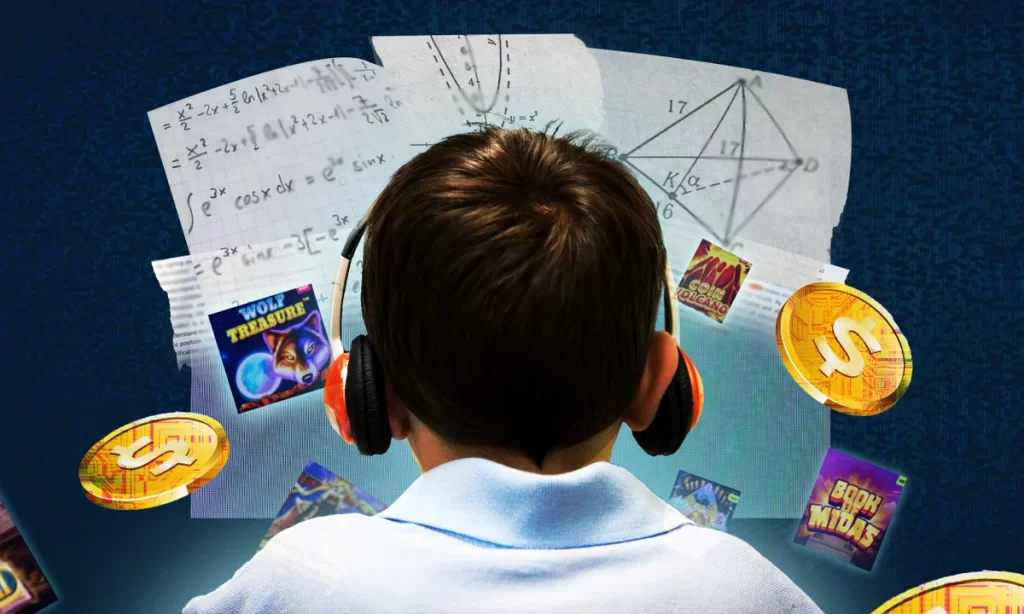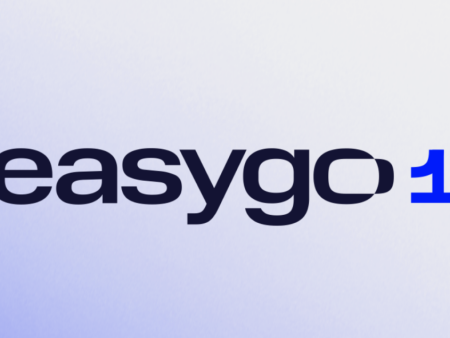A new report shows that Australia has the highest gambling losses globally. Each adult loses an astonishing $1,635 annually.

The Grattan Institute report titled “A Better Bet: How Australia Should Prevent Gambling Harm” revealed that online betting has surged in recent years. A barrage of gambling advertising specifically targeting young men has turbocharged this increase.
Another research reveals children in schools are also very vulnerable to the risk of problem gambling. This is thanks to some of their favorite online pastimes.
Leaders of schools have urged Australian politicians in recent years to address the dangers of schoolchildren engaging in microtransactions like loot boxes, bundles, and crates in digital games.
A study by CQUniversity revealed that gamers who purchase these increasingly popular in-game features are more likely to gamble more frequently. They also tend to wager larger amounts than those who do not.
Alex Russel, an Associate Professor and Principal Research Fellow at the Experimental Gambling Research Laboratory of CQUniversity, told The Educator about the Grattan Institute’s report. The report focuses on gambling, which should only be accessible to individuals who are 18 years or older. However, there are plenty of important considerations in there for parents and teachers.
He added that one element is around advertising. Many people are currently talking about young people’s exposure to advertisements. This is just one reason behind the calls to ban gambling advertising.
It has also been pointed out by Associate Professor Russell that young people are still likely to come across gambling via media such as TV shows, movies, and other forms of advertising even if gambling ads are banned.
He stated that gambling is intended for those aged 18 or older. However, it shouldn’t be assumed that age-gating is always effective. They know that many people under 18 gamble on commercial activities. A 2020 study led by Professor Nerilee Hing of CQU found that around 21% of young people engage in gambling.


